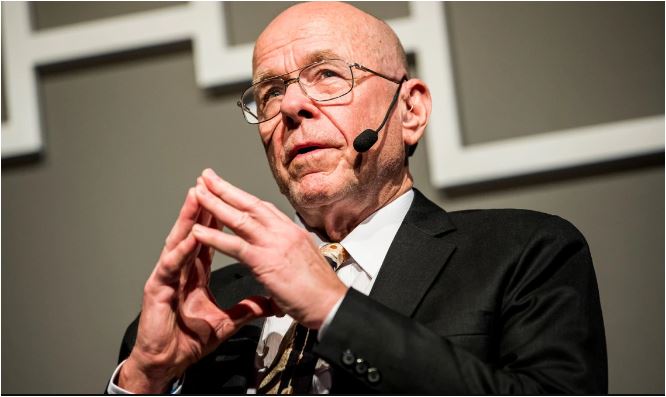K. Barry Sharpless, an eminent American chemist, was awarded the Nobel Prize in Chemistry in 2001 for his pioneering contributions to the field of asymmetric catalysis, specifically for the development of chiral catalysts and the discovery of highly efficient reactions. This prestigious recognition was a testament to his remarkable achievements and their significant impact on organic synthesis. In this article, we’ll examine K. Barry Sharpless’s research’s significance and the factors that led to his Nobel Prize.

Sharpless’s research focused on the development of new methods for creating chiral molecules, which are essential in numerous applications, including pharmaceuticals, agrochemicals, and materials science. Chiral molecules possess a distinct three-dimensional structure and can exist as mirror images of each other, known as enantiomers. These enantiomers often exhibit different biological activities, making their selective synthesis crucial in the development of drugs and other chemical compounds.
One of Sharpless’s notable contributions was the development of asymmetric dihydroxylation, a groundbreaking reaction for the synthesis of chiral diols. This reaction involved the selective addition of hydroxyl groups to an alkene, resulting in the formation of chiral diols with high enantiomeric purity. Sharpless’s approach utilized catalysts known as osmium tetroxide complexes, which exhibited exceptional selectivity and efficiency in the reaction. The asymmetric dihydroxylation reaction became a widely used and influential method in organic synthesis, enabling the efficient production of chiral building blocks for various applications.
Another significant accomplishment of Sharpless was his development of click chemistry, a concept that revolutionized the field of chemical synthesis. Click chemistry involves the rapid and efficient formation of chemical bonds under mild reaction conditions. It has found widespread applications in diverse fields, including drug discovery, materials science, and bioconjugation. Sharpless’s click chemistry approach simplified and accelerated the synthesis of complex molecules, offering a versatile tool for chemical biology and materials science research.
Sharpless’s innovative research significantly advanced the field of organic synthesis, providing chemists with powerful tools to access chiral compounds more efficiently. His contributions not only facilitated the synthesis of complex molecules but also opened new avenues for drug discovery and materials development. The impact of Sharpless’s work on the scientific community and its practical applications were recognized by the Royal Swedish Academy of Sciences, which awarded him the Nobel Prize in Chemistry in 2001.
In conclusion, K. Barry Sharpless received the Nobel Prize in Chemistry in 2001 for his groundbreaking research in asymmetric catalysis, particularly for his development of chiral catalysts, the asymmetric dihydroxylation reaction, and the concept of click chemistry. His contributions revolutionized the field of organic synthesis, enabling the efficient synthesis of chiral compounds with profound implications for drug discovery and materials science. Sharpless’s pioneering work continues to inspire chemists and researchers in their quest for innovative solutions in organic chemistry.




